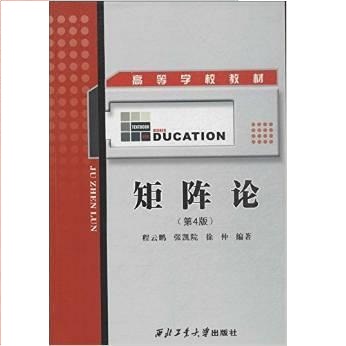Multichannel blind source separation aims to recover the latent sources from their multichannel mixture without priors. A state-of-art blind source separation method called independent low-rank matrix analysis (ILRMA) unified independent vector analysis (IVA) and nonnegative matrix factorization (NMF). However, speech spectra modeled by NMF may not find a compact representation and it may not guarantee that each source is identifiable. To address the problem, here we propose a modified blind source separation method that enhances the identifiability of the source model. It combines ILRMA with penalty item of volume constraint. The proposed method is optimized by standard majorization-minimization framework based multiplication updating rule, which ensures the stability of convergence. Experimental results demonstrate the effectiveness of the proposed method compared with AuxIVA, MNMF and ILRMA.
翻译:多通道盲源分离旨在从多渠道混合物中回收潜在源源,而没有事先规定。一种最先进的盲源分离方法,称为独立低级矩阵分析(ILRMA)统一、独立的病媒分析(IVA)和非负式矩阵因子化(NMF),然而,由NMF模型制成的语音光谱可能找不到一个紧凑的表达方式,也不能保证每个源的可识别性。为了解决这个问题,我们在此建议采用经修改的盲源分离方法,加强源模型的可识别性。它把ILIMA与数量限制惩罚项目结合起来。拟议的方法通过基于标准主要化-最小化框架的倍化更新规则加以优化,确保趋同的稳定性。实验结果表明拟议方法与AuxIVA、MNMF和ILMA相比的有效性。



